
READY FOR SKIN CARE INJECTABLES?
Skin care injectables, including dermal fillers, fat busters, and botulinum toxins, plump, smooth, and improve the appearance of skin. They can successfully resolve your most pressing skin care concerns, enhancing your appearance and restoring your youthful glow.
If you’ve been considering injectables, you should know that thousands of patients just like you have experienced success with them in the past. Most patients see results within just one or two sessions; even the most advanced cases require just a handful of treatments to witness significant change.
Injectables are safe, surgery-free, and low-risk, meaning they’re suitable for the vast majority of patients, but it’s still important to understand what you’re getting into before your first treatment. In this post, we’ll help you understand how injectables work, what you can expect from your treatment, and how you can tell if they’re the right solution for your skin care woes.
INJECTABLE TREATMENT OPTIONS
Patients who have never experienced skin care injectables before, and have no experience with the process, often automatically think of Botox and other muscle-relaxing toxin treatments. These injectables certainly do fall under the categorization of injectables, but they’re far from the only option for patients. In fact, skin care injectables are available in many other formulas:
- Botox, Dysport, and Xeomin
- Juvederm, Restylane, and Belotero
- Kybella and other fat-melters
- Collagen and silicone injections
Each of these treatments provides a slightly different benefit, and thus, applies to a specific skin care challenge or concern. Patients who want to treat fine lines around the mouth or forehead, for example, often choose Botox, while patients who want to treat fat underneath the chin do best with Kybella and other fat-busters instead.
WHO SHOULD USE SKIN CARE INJECTABLES?
Skin care injectables are an excellent choice for relatively healthy patients who have specific skin challenges. You should consider this treatment option if you struggle with:
- Crow’s feet
- Laugh lines
- Marionette lines
- Other fine lines and wrinkles
- Sagging or loss of elasticity
- Discoloration and uneven tone
- Lack of symmetry in features
- Thin or uneven lips or sallow cheeks
- “Turkey neck” or drooping neck skin
- Other skin issues around the eyes, mouth, nose, or neck
Injectable treatments work well alone and in tandem with other treatment methods, including chemical peels and more advanced surgical interventions. Ultimately, only you and your medical professional can decide whether skin care injectables are a suitable treatment for your skin.
Success rates and preferred outcomes are higher for patients who work closely with a skilled treatment provider and use FDA-approved skin injectables, following all guidelines before, during, and after treatment.
ARE YOU A SUITABLE CANDIDATE?
Every patient is unique; likewise, every approach to skincare needs to be unique to the patient. What works for one patient may not work for another, which is precisely why it’s best to work with a skilled provider at all times.
Treatment providers initiate every treatment protocol with an in-person review of your skin, your skin care goals, and your current challenges. This includes taking a full health profile, including any conditions you struggle with, any surgeries or treatments you’ve had in the past, and any contraindications (such as allergies) that may prevent you from having certain skin care injectables safely.
After ruling out risk factors and contraindications, your provider will recommend the most minimally-invasive, low-discomfort option for achieving your skin care goals. Depending on what you are trying to achieve, they may recommend a single session or treatment with just one formula, such as Botox, a series of the same injectable, such as Kybella, or a combination protocol on a specific schedule that includes multiple formulas and products.
Remember: your treatment protocol may be very different from another patient’s protocol. Skin care injectable protocols are always individualized to the patient to ensure they are as efficient, safe, and effective as possible.
PREPARING FOR SKIN CARE INJECTABLES
As a patient, you play an essential role in the overall success of your treatments. Whether you’re having Kybella, Juvederm, Botox or even standard silicone injections, how you prepare yourself for the process can impact how smoothly treatments complete and how well you heal after the fact. Proper preparation shortens healing time and results in better overall results for most patients.
Firstly, be sure you understand your recommended treatment. If you aren’t sure how it works, or if you have questions about the formula, ask your provider. It’s okay to research your chosen products online; just be sure to stick with your skin care clinic website, manufacturer’s websites, and official sources.
Achieving overall wellness is by far the best way to prepare for skin care injectables. Stay hydrated, get enough sleep, and eat a healthy diet in the weeks leading up to your treatment. Use meditation and relaxation exercises to reduce stress.
CONCERNS ABOUT PAIN OR DISCOMFORT
If you have concerns about the treatment experience, including how much pain or discomfort you may feel, rest assured that most patients experience only minor passing discomfort. Reasonably healthy patients heal well, with few complications, and can often treat symptoms with just cold compresses or over-the-counter medications like Tylenol and Aleve.
Some treatments, including dermal fillers, have a higher chance to cause minor discomfort or bruising. OTC medications like Aleve and Ibuprofen may increase this risk or worsen the appearance of bruising.
If bruising is a concern for you, speak with your provider. It is now possible to include numbing agents with many treatments to reduce pain both during and after your session. Fear of pain does not need to keep you from achieving your skin care goals.
INJECTABLES AFTERCARE AND RECOVERY
Nearly all injectable skin care treatments carry some recovery time. However, recovery time is much shorter than surgical interventions and chemical peels.
Recovery from Botox and other botulinum toxin products is the shortest of all injectable skin care products. Most patients experience only a slight numbing sensation on the first day and can return to normal activities by the third day. Results from botulinum injections often develop over time, and will be most noticeable and obvious at the one or two-week mark.
For Kybella and other fat-melters, recovery may take slightly longer – up to a full week for most patients. Discomfort, including a mild burning sensation, is most evident during the first six to 24 hours and is a sign that Kybella is working effectively to reduce localized fat deposits. Some patients may experience redness or inflammation over the first 72 hours; if you have sensitive skin, schedule your injections on a weekend or just before a break. This will give you time to rest without needing to worry about your appearance.
For Restylane, silicone, collagen, and other dermal fillers, the most noticeable issue in recovery is redness and inflammation in the first 72 hours. Smoking or taking Aspirin, Ibuprofen, and other blood-thinning drugs may increase inflammation or result in bruising. Bruising is transitory and typically self-resolves within the first few days, but may be unsightly for some patients. Cosmetics can be used to hide mild bruising if desired.
If you’ve struggled with issues for several months or years, and classic treatments and formulas just aren’t giving you the results you want, it may be time to take the next step. Skin care injectables can help you get the results you want without going under the knife or risking harsh side effects and complications.
Schedule a consultation with your medical spa to explore how injectables can help you restore, relax, and rejuvenate your appearance, so you can look – and feel – your very best.
 None
None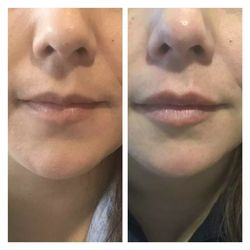 None
None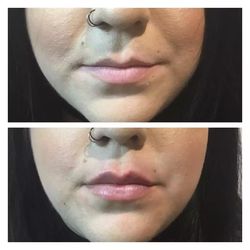 None
None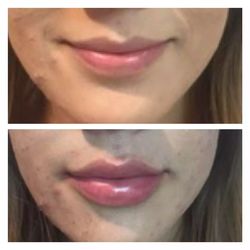 None
None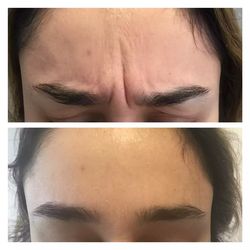 None
None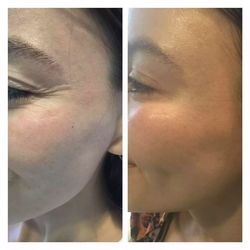 None
None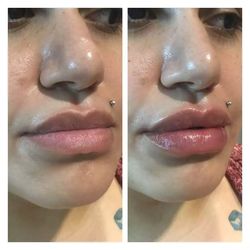 None
None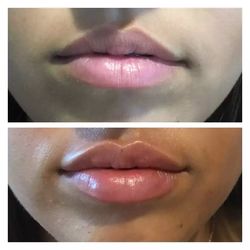 None
None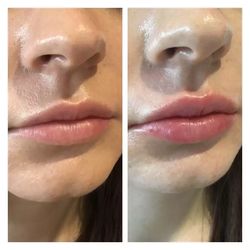 None
None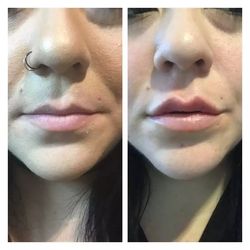 None
None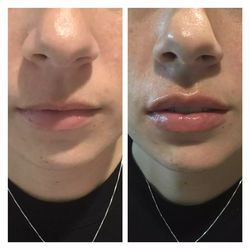 None
None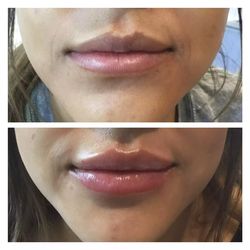 None
None None
None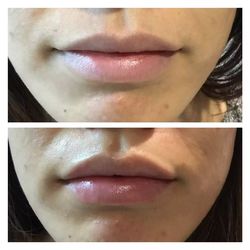 None
None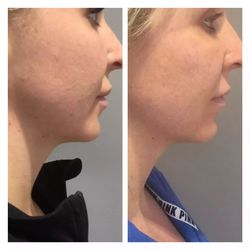 None
None None
None
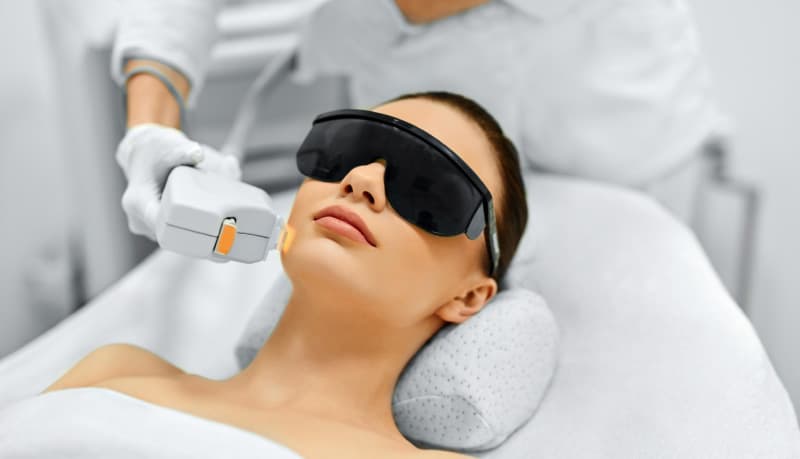









0 comments